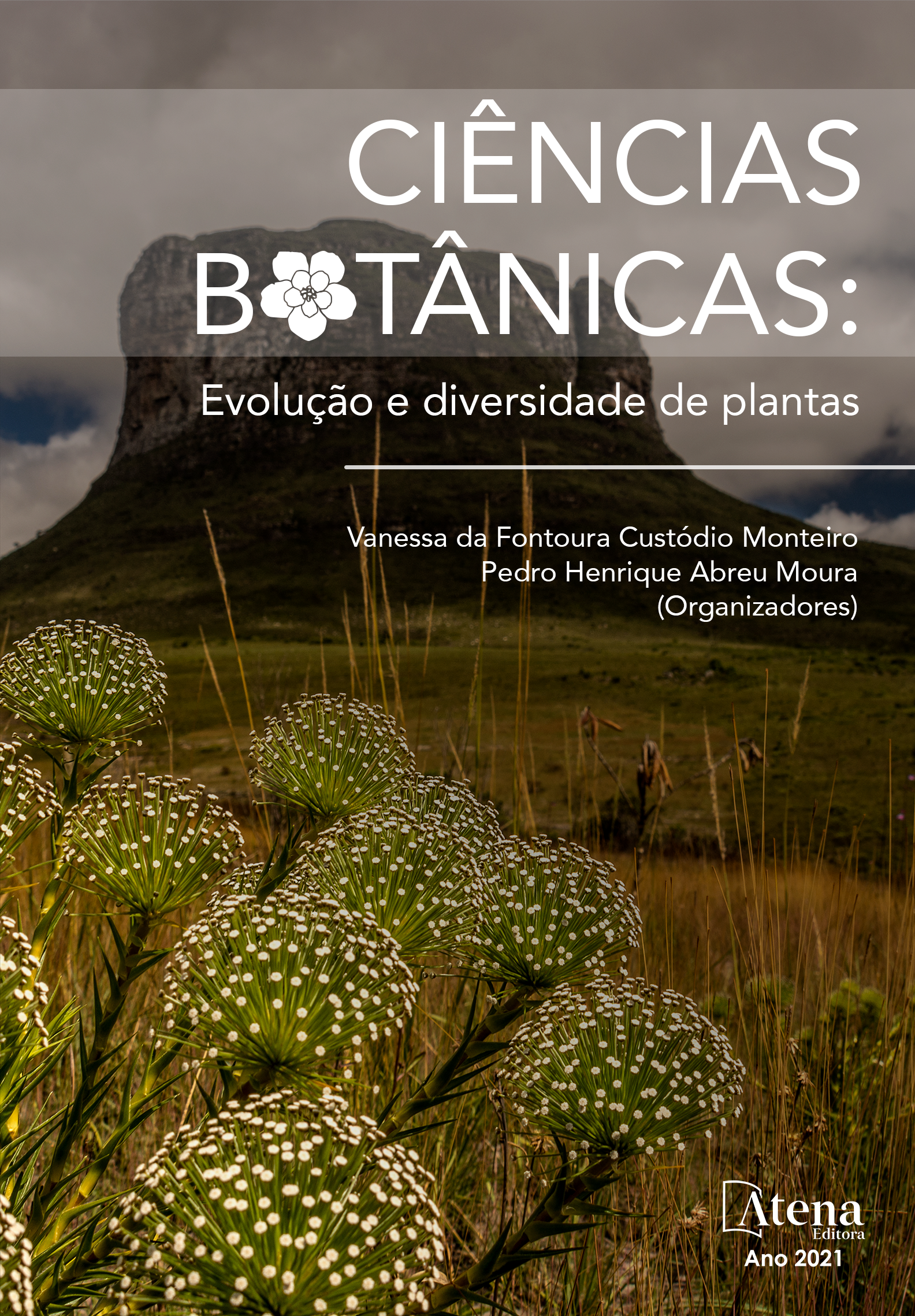
BIOFLORA DISTRIBUTION IN DIFFERENT CERRADO PHYTOPHYSIOGNOMIES OF THE SERRA DAS ARARAS ECOLOGICAL RESERVE, PORTO ESTRELA, MT
As Briófitas compreendem o segundo maior grupo de plantas terrestres, que se originaram antes do Devoniano, a mais de 300 milhões de anos, dispersando-se através de esporos ao invés de sementes como ocorre nas plantas vasculares. Entretanto, apesar de ser um grupo grande e ter muita importância ecológica e econômica, a brioflora brasileira é pouco conhecida devido a enorme área geográfica e à falta de pesquisa na área. O presente trabalho teve como objetivo analisar a distribuição de brioflora entre as diferentes fitofisionomias na Estação Ecológica Serra das Araras, no município de Porto Estrela, MT. A Estação Ecológica Serra das Araras é uma unidade de conservação coberta por uma variedade de fitofisionomias, tais como o Cerrado sensu stricto, Matas Ciliares, Campo Sujo e Matas de Babaçu. As coletas foram realizadas em uma trilha ecológica denominada Boca do José e todo material coletado foi identificado e tratado para serem depositados na coleção de briófitas no Herbário TANG da UNEMAT em Tangará da Serra. Foram registradas 11 famílias, divididas em 15 gêneros e 19 espécies. A espécie Octoblepharum albidum foi encontrada em todas as fitofisionomias, essa planta é geralmente epífita comum em bordas de floresta, cerrado e caatinga, habitando preferencialmente em troncos vivos. Possui distribuição pantropical e sua ocorrência já foi registrada em todos os estados brasileiros. Conclui-se que há muito a ser explorado quanto à realização de levantamentos brioflorísticos, visto que provavelmente existe uma grande quantidade de espécies que ainda são desconhecidas para o estado e, até mesmo, para o Brasil.
BIOFLORA DISTRIBUTION IN DIFFERENT CERRADO PHYTOPHYSIOGNOMIES OF THE SERRA DAS ARARAS ECOLOGICAL RESERVE, PORTO ESTRELA, MT
-
DOI: 10.22533/at.ed.8332112113
-
Palavras-chave: Musgos, Unidade de Conservação, Vegetação.
-
Keywords: Bryophytes, Ecological Station, vegetation type
-
Abstract:
The Bryophytes comprise the second largest group of land plants, which originated before the Devonian, will more than 300 million years ago, dispersing through spores instead of seeds as occurs in vascular plants. However, despite being a large group and have a lot of ecological and economic importance, the Brazilian bryoflora is little known because of the huge geographical area and the lack of research in the area. This study aims to analyze the distribution of bryophytes between different vegetation types in the Ecological Station Serra das Araras, in the municipality of Porto Estrela, MT. For this work was used as a conservation area in the Ecological Station Serra das Araras. The EESA is covered by a variety of vegetation types, such as the Cerrado strict sense, the Riparian Matas, the Dirty Field and Matas rubs. Samples were collected on a nature trail called Mouth of Joseph. All material collected was identified and treated to be deposited in the collection of the Herbarium briófita TANG of UNEMAT in Tangara da Serra. 12 families, divided into 15 genera and 19 species were recorded. The species Octoblepharum albidum found in all vegetation types, this plant is usually common epiphyte in forest edges, savannah and scrub, inhabiting preferably in living trunks. It has pantropical distribution and its occurrence has been recorded in all Brazilian states. In conclusion, there is much to be explored regarding the realization of brioflorísticos surveys, since there is probably a lot of species that are still unknown to the state even for Brazil.
-
Número de páginas: 12
- NELSON ANTUNES DE MORA
- Patrícia Guralski Damaceno
- Janaina do Nascimento Araújo Alves
- Carol Pereira de Barros


